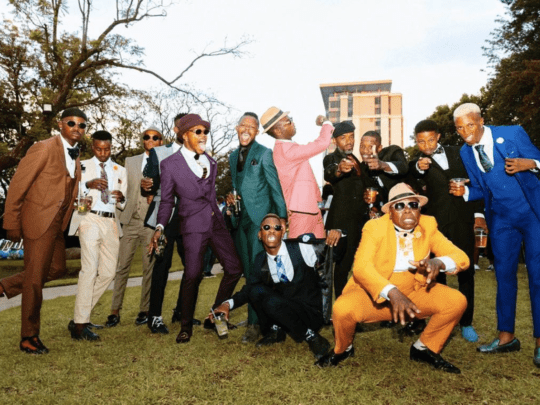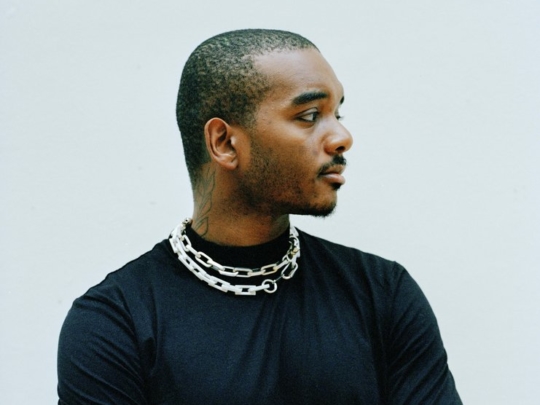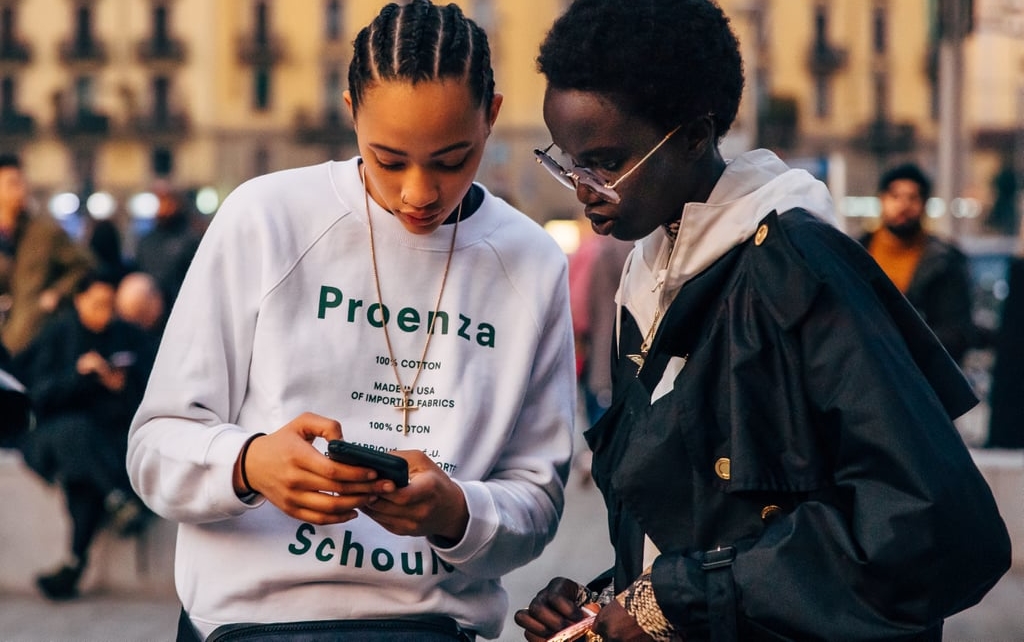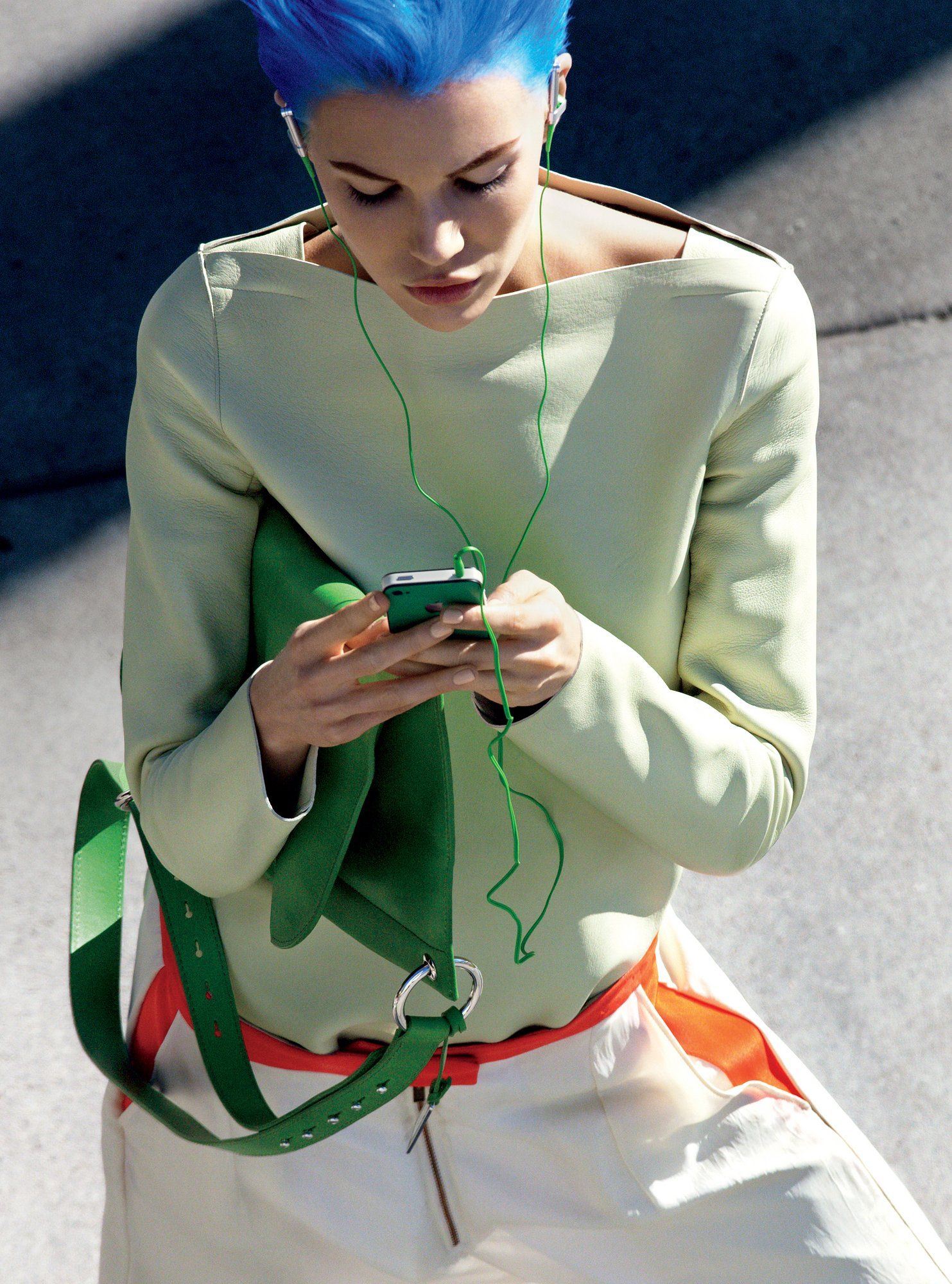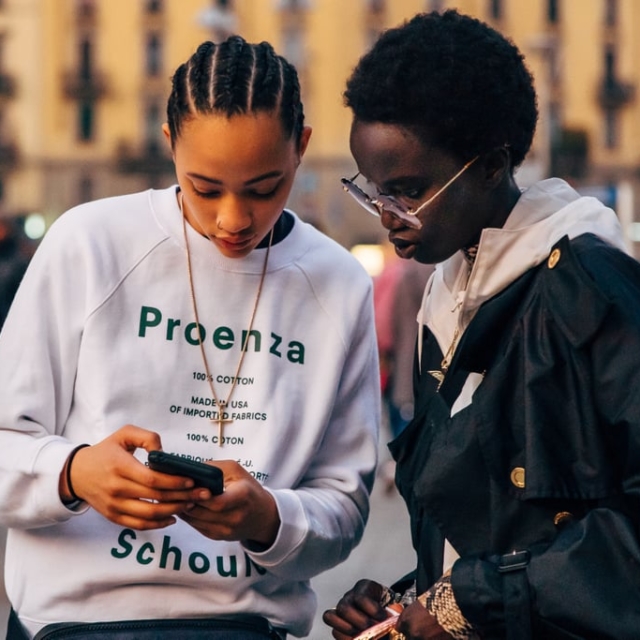Once upon a time, the Like button was how we showed the world our favourite music, films, hobbies and fashion. It was how we interacted with the constant stream of statuses broadcasting our friends’ thoughts and the over-enthusiastic uploads of 200 blurry photos from every social event we attended.
When my friends and I joined Facebook at 13, how could we have known what was being unlocked at the click of a Like button; the mental thresholds being irreversibly crossed? Likes today rarely represent our authentic life or our interests, rather the life that we want. The dangers of the Like button are well documented – it has been linked to a rise in anxiety, depression and self-esteem issues, especially among young people. Instagram and Facebook have acknowledged this: in May 2021 both platforms allowed users the option to remove the ability to see likes.
Women have long been accustomed to requesting media safeguards for their mental health. Decades of airbrushed images in fashion magazines and other advertisements have prompted campaigns for more body diversity, warnings on images that have been digitally altered to make them ‘perfect’ as well as regulations for adverts for cosmetic procedures. In order to combat the contemporary stresses and struggles exacerbated by the Like button, various ideas have been proposed. The most popular is for likes to be hidden, a feature Instagram began rolling out on some accounts from 2019. As of last month, this feature is optional for all users. While some users have expressed anger at their ‘earned’ validation currency being removed, others have celebrated the removal of likes as a euphoric breakthrough. “One of the most humanitarian moves they could have made,” one user said on Twitter.
But does this go far enough? Users don’t have total autonomy over what they consume or who sees their posts. When the app removed the chronological feed in favour of a personalised algorithm in 2016, it caused quite a backlash that continues to this day. If a post doesn’t secure enough comments and shares it might be hidden from feeds and receive fewer likes. Some accounts are even shadowbanned, meaning it’s even harder for their posts to be boosted by the algorithm. This is particularly problematic for creatives, many of whom work in fashion, who market their work online and rely on the algorithm for income. Furthermore, shadowbanning disproportionately censors marginalised communities, narrowing representation in fashion and other industries by limiting abilities to amass a following.
The pressure to post an attractive photo and garner as many likes as possible is a ubiquitous experience. Filters, clothes, makeup, location, image quality, friends’ approval – all these factors need to be considered to achieve the only relevant approval: likes. Not getting enough likes can, quite frankly, be humiliating. The ‘likes economy’ has become a means to assess and judge others, including friends, dates and potential employees. It’s eerily close to an episode of TV series Black Mirror where we are now rating people in our social and professional circles the way we might rate a service, like Uber or Airbnb.

